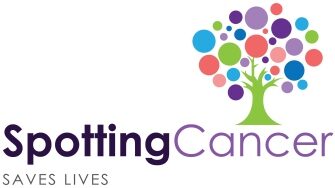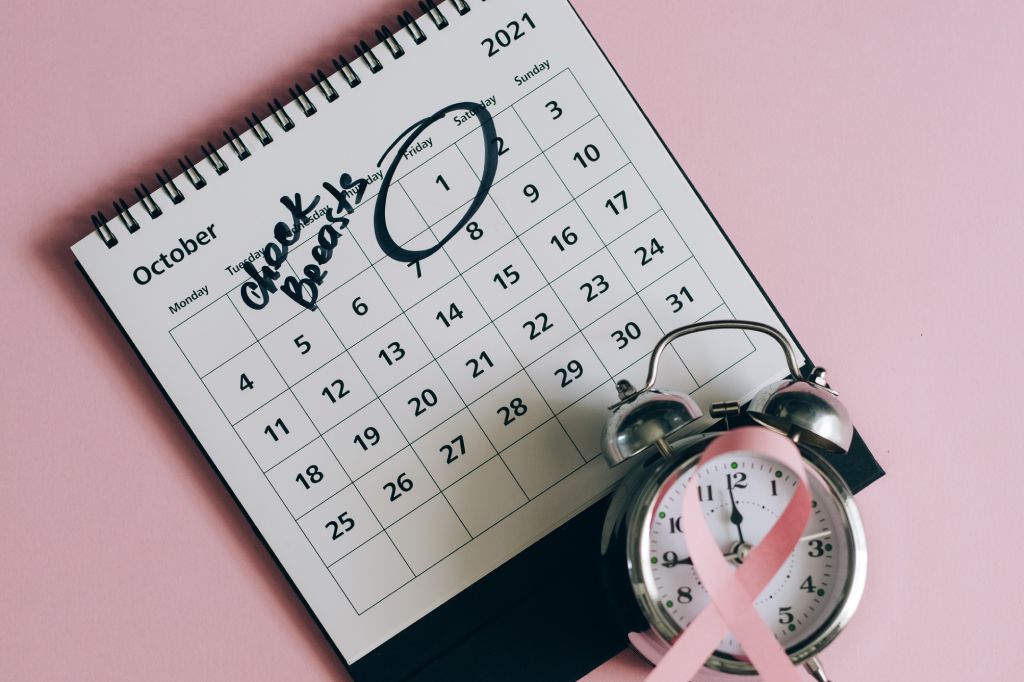According to the American Cancer Society, 1 out of 8 women will have breast cancer in the United States. The male probability is 1 in 833. The good news 99% of breast cancer patients can survive over 5 years if the disease has not spread. The best way to accomplish this is by early detection and timely treatment. There are four exam methods that may help early detection of breast cancer. Doctor exams; Imaging/mammogram; Ultrasound; MRI; Family history/ Genetic testing and Self-checking. No single procedure can detect cancer with certainty. The ultimate determination if you have breast cancer or not is by a biopsy of the suspicious area.
Annual doctor exams and scheduled regular screenings are critical in the process of early breast cancer detection. However, their limitation is that the results are as of the specific date the procedure was done. The span between such exams is typically months and sometimes years. Unfortunately, cancer grows 24/7. Fortunately, you are able to augment the early cancer detection process, for free, by learning how to self-exam your breasts, nipples, breast skin, and armpits on a regular monthly basis. The objective is to help you spot breast cancer and get timely treatment as early as possible should you be stricken with breast cancer.
What action to take to spot cancer signs:
- You know your body better than anyone else. Therefore, you have basic knowledge of conducting a breast self-exam that can be performed regularly at a convenient time, place, and for free. To get started you must become familiar with what is “your normal” look and feel of your breasts, nipples, breast skin, and armpits during various times of your menstrual cycle. To familiarize yourself take a couple of months and every day self-check the look and feel to learn “your normal”.
- Learn the signs and symptoms to look for.
- Once you are confident of knowing “your normal” perform the self-exam at least monthly 3 to 5 days after the end of your period or if no period same calendar day each month.
- Should you detect, see, or find a change consider it a “red flag”. It does not mean you have cancer. However, it is critical that you get your findings evaluated by a medical professional. Do not ignore your findings or self-diagnose.
- Keep your medical appointments and scheduled screenings. They are critical for early breast cancer detection. Remember, a Mammogram sometimes finds lumps before you can feel them.
When to get started with a self-exam for breast cancer
- Never too young or old to get started!
How frequently to self-exam for signs of breast cancer
- Start immediately to establish “your normal” look and feel of your breasts, the nipples, breast skin, and armpits.
- Once you are comfortable knowing “your normal” self-exam once a month 3 to 5 days after the end of each menstrual cycle. If no menstrual cycle 1st of each month.
- When you have pain that will not go away.
- As directed by your medical team. The doctor’s determination will include an evaluation of your biological family history and your wellness.
Signs and Symptoms of breast cancer
Breast
- Pain/Soreness
- Swelling
- Lumps (as small as a pea) or thickening of sections
- Change in size or shape (one or both)
- Warm or hot feeling
Breast Skin
- Dry, flaking scaling
- Color change
- Rash/ Sores
- Thickening of skin
- Change in Skin texture (Orange Peel)
- Dumpling, puckering or bulging
Nipples
- Invert nipple
- Discharge (other than milk)
- Soreness
- Itchy
- Crusty
Armpit
- Swollen Lymph node in armpit under the skin near the collar bone
- Small, firm, hard lumps in the entire armpit
- Thickening of the outer edge of the breast going into the armpit
- Enlarged vein
Breast Exam Self-Exam Procedure
- Stand in front of a large mirror in a well-lit area with your arms at your side use the same location for each exam.
- Look at the breasts for changes in size or shape.
- Check breast skin for sores, color, or texture changes
- See if the nipple is discharging or is crusty.
- Lift breasts to see if ridges along the bottom are symmetrical.
- Squeeze each nipple between thumb and forefinger to check discharge.
- Repeat with arms raised
- Lie down on the same flat surface each time to feel your breasts. Do not rush. Use the pads of your three middle fingers and move in a circular motion in a methodical manner to feel for lumps or other changes. Use different finger pressure in each area. (light to check skin, medium to feel the inner section, and firm close to chest and ribs).
Be sure to cover the entire breasts from the center of your chest to the other edge of the breasts and the entire area inside your armpit. Continue with your self-exam from your abdominal to your collarbone. Be especially aware of where the outer portion of the breasts goes into the armpit - Feel your breasts while standing or sitting in the shower and repeat step 3.
Summary for spotting signs of breast cancer
The five-year and over survival rate for persons diagnosed with breast cancer is 99% if detected and treated before it spreads. To accomplish early cancer detection takes proactive participation by you. There are multiple scheduled exams in the process, each being important in the early detection process and not to be missed.
The self-exam for early detection of breast cancer discussed in this blog only takes a few minutes monthly to perform. Learning what to look for and how to perform the exam are outlined in this blog with additional free information and downloads available on spottingcancer.org
Make a self-exam of your breasts, nipple, skin breasts, and armpit a routine part of your schedule. It could save your life!!!!!

